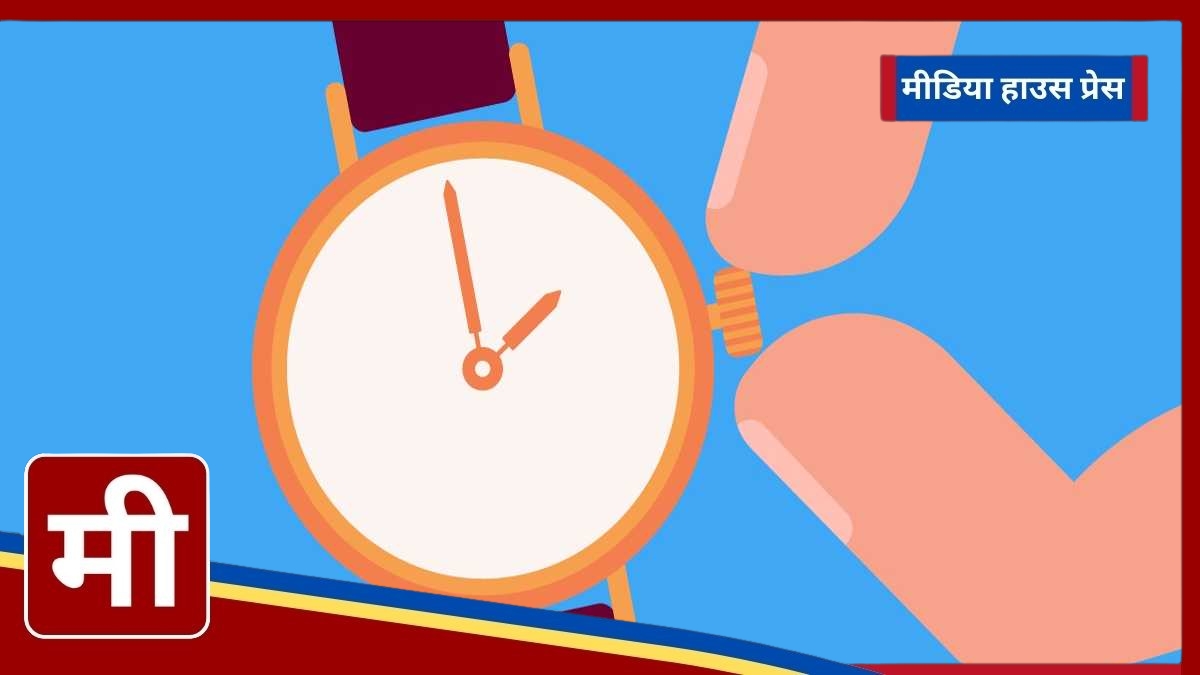When Does Daylight Saving Time End?
Daylight Saving Time in 2024 concludes on November 3 at 2 a.m. local time. At this moment, clocks will fall back to 1 a.m., effectively granting everyone an extra hour of sleep. For example, in New York City, the sun will set at 5:50 p.m. on November 2, but will set at 4:49 p.m. the next day after the time change.
The History Behind Daylight Saving Time
Daylight Saving Time was first introduced in the United States by the Standard Time Act of 1918, which aimed to conserve energy during World War I. Although initially met with controversy, the practice saw a revival during World War II before becoming a state and local decision. The Uniform Time Act of 1966 reestablished DST as a federal law, standardizing the start and end dates. Since 2007, DST has begun on the second Sunday in March and ended on the first Sunday in November.
The concept is often mistakenly attributed to Ben Franklin; however, the Franklin Institute clarifies that Franklin merely suggested adjusting sleep schedules to save on candle usage. The original idea of changing clocks was proposed by George Hudson in 1895 for increased evening daylight. Meanwhile, William Willett also advocated for the practice, seeking more daylight for golfing.
Which States Do Not Observe Daylight Saving Time?
While most states in the U.S. observe DST, Hawaii and most of Arizona do not change their clocks, remaining on standard time year-round. This is in contrast to the majority of North America and Europe, where DST is widely practiced, albeit with varying schedules.
Future of Daylight Saving Time
The Sunshine Protection Act, which passed the Senate in 2022, seeks to make Daylight Saving Time permanent, eliminating the need for biannual clock changes. Advocates argue for the economic and health benefits of maintaining DST year-round. Key supporters include Sen. Marco Rubio of Florida, who has expressed that the clock changes are unnecessary and that public support for a permanent shift is strong.
As we prepare to “fall back” this weekend, it’s a good time to remember the reasons behind these clock changes and to consider how they affect our daily lives. Whether you’re looking forward to that extra hour of sleep or adjusting your schedules, Daylight Saving Time remains a significant part of our seasonal rhythm.




